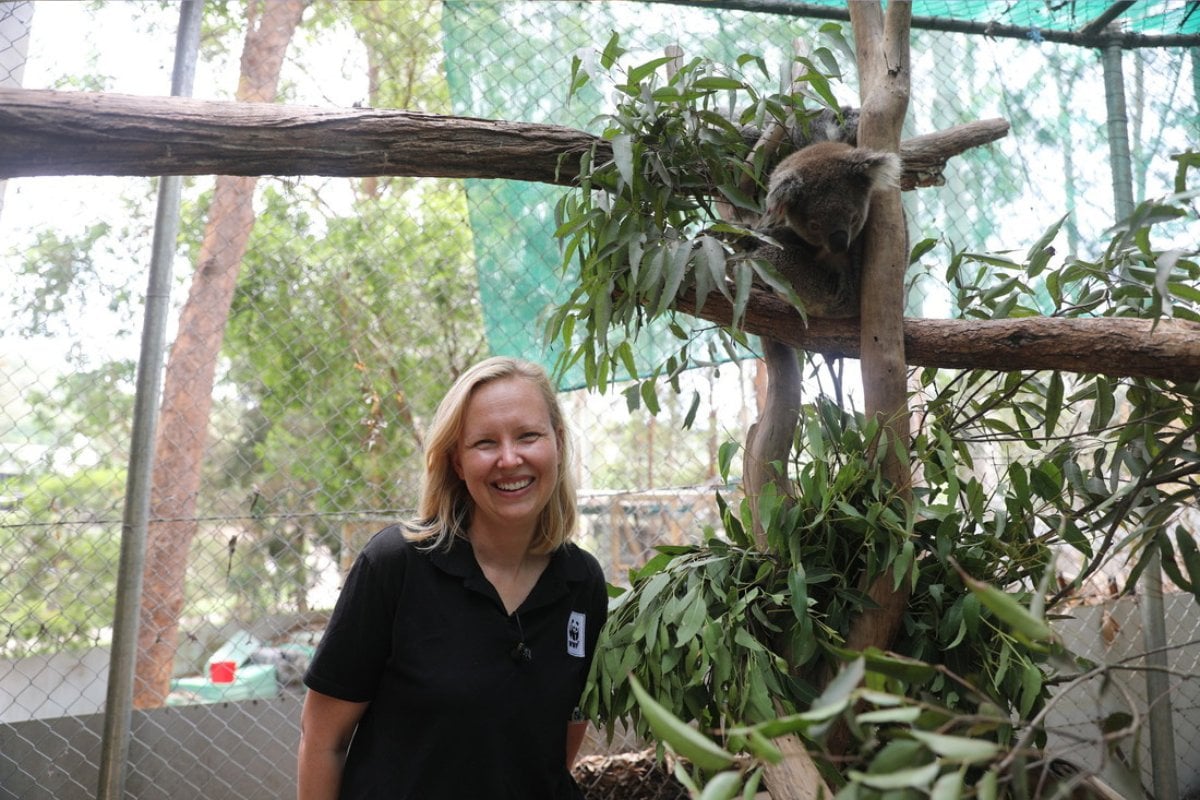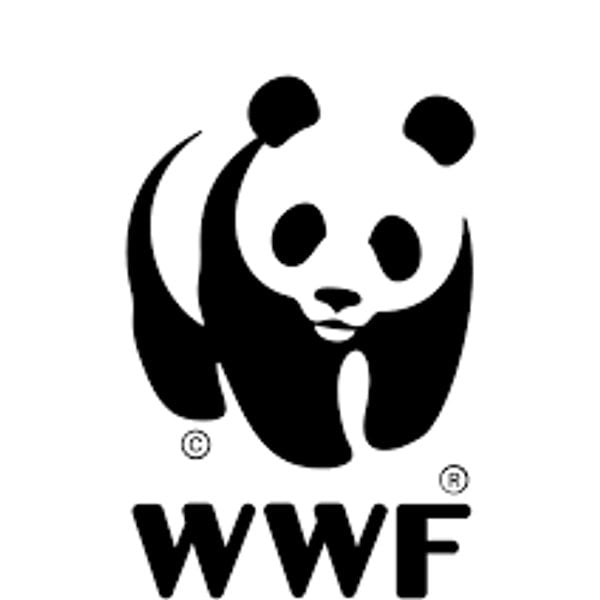

Rachel Lowry has a pretty cool (not to mention, important) job as Chief Conservation Officer at the World Wide Fund for Nature-Australia, better known as WWF-Australia.
The self-acclaimed born naturalist, Lowry says that working with animals or nature was never, not on the cards.
“I was just born loving nature. When I was young, I was an animal kid. I couldn’t be around them enough. If there was a bird’s nest near my house, I knew about it, I was watching it.”
While initially, she thought this would lead her to a veterinary career, it was an encounter with zoology and ecology while undertaking a Bachelor of Science degree that led her down a different path, into conservation.
With the area of conservation arguably never more important than right now, Lowry’s job comes with a lot of responsibility.
“I work hard to help set the priorities for the organisation… I try to identify, with the help of scientists across Australia, where we can have the greatest impact with the precious resources that we have,” she says.
“The toughest part of my job is deciding which projects we won’t invest in because there are so many great, incredible, worthy causes.”
Throughout Lowry’s career, she has worked alongside world class scientists and other dedicated experts and also some gorgeous but unpredictable animals as well. This has included an orangutan who spat at a politician, a biting wombat and many a head landing bird.
